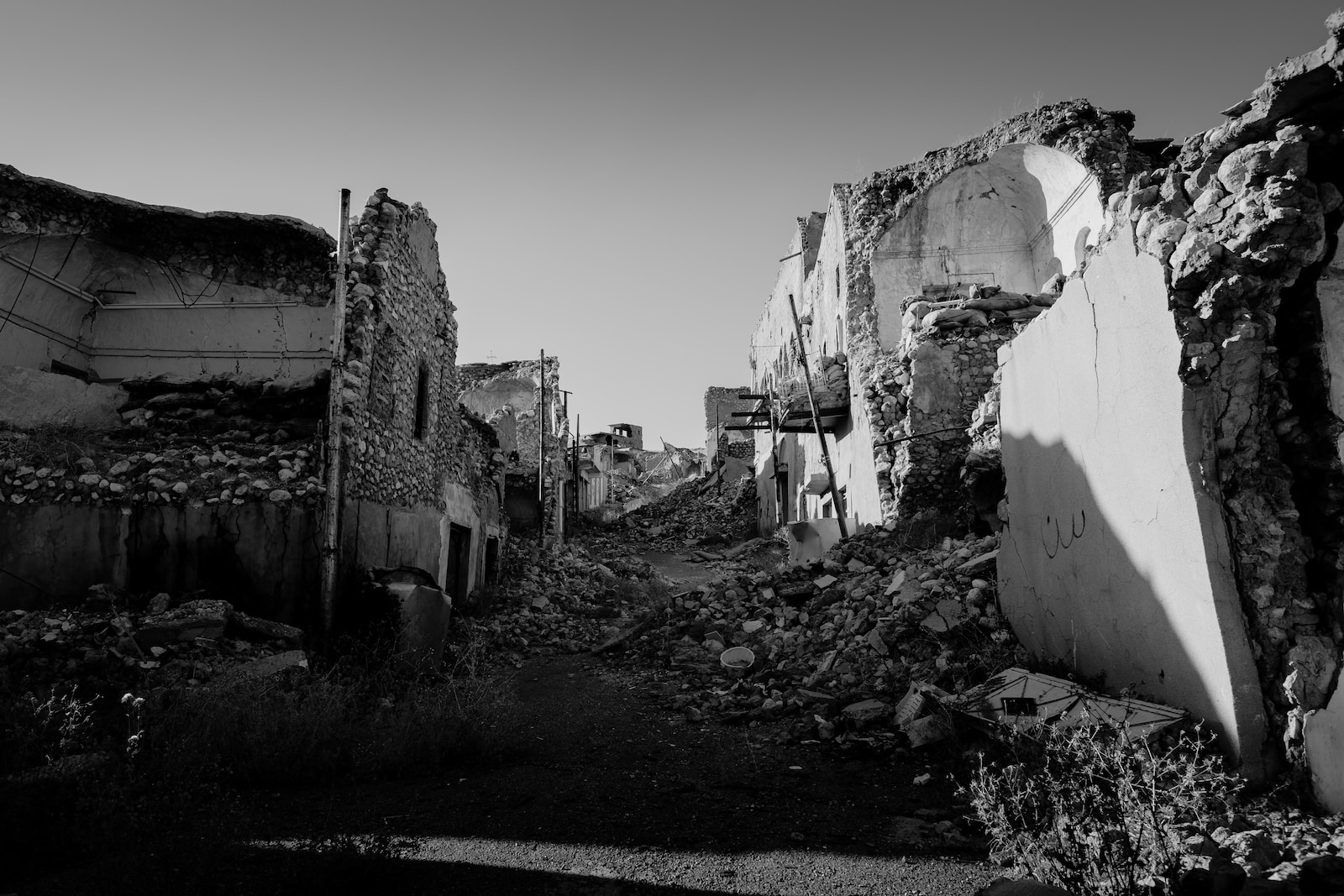You most likely do not know the Kapkanets family. It is normal. I tell you, it is, sorry, it was a Ukrainian family that lived in Volnovakha, located in the Donetsk region. The family was made up of nine members, and last October, at the end, they prepared to celebrate the birthday of Natalia Kapkanets, the mother. One of her relatives had given her some flowers and they had prepared a small feast with the few things they had managed to get, living as they did in a place occupied by the Russian army.
The party passed without incident. The children, Mikita, 5 years old, and Nastia, 9, were playing without excessive fuss, when shortly before eating, soldiers from the occupation army, which under the orders of Vladimir Putin, maintain the territories occupied under “Empire of Machine Guns.” All the members of the Kapkanets family remained silent, while the soldiers exhorted them to leave their house and go to another place, to take the few belongings they could and leave their house so that the glorious soldiers of the army of mother Russia could stay there. . The Kapkanets family refused to abandon the house they had worked so hard to build over the years. And curiously, when faced with his refusal, those soldiers only uttered threats and left.
Not without some fear, the party continued without further incident. And when night came, everyone went to sleep, after having spent a day contented and happy. Marred only by the unpleasant visit of the Russian soldiers.
Late at night, neighbors heard a series of gunshots at the Kapkanets’ house. By the time they decided to go, they saw a Russian army truck driving away loaded with soldiers. The first to enter were horrified, as they contemplated the body of a person riddled with bullets on the old green sofa in a living room, which, covered with two blankets, was slowly turning red. In the living room the flowers that Mrs. Kapkanets had received were trampled on the floor.
Pedro Andryushchenko, one of the advisors to the mayor of Mariupol, confirmed in a statement: “It was an obvious liquidation operation; The nine bodies were shot and the majority of these impacts were to the head.”
The first neighbors to enter found 9-year-old Nastia, hugging 5-year-old Mikita, as if she were trying to protect her. Both of their heads had been smashed and her blood was splashed on the back of the bed and the wall where it rested. Also the Ukrainian ombudsman Dmitro Lubinets stated “According to preliminary data, the soldiers killed the entire Kapkanets family, who were celebrating a birthday and refused to leave the house to them.”
Of course, given the seriousness of what happened in Volnovaja, the Donetsk Prosecutor General’s Office had no choice but to initiate an investigation that ended with the rapid and surprising arrest of two soldiers of the Russian occupation army. Neither affiliation nor any information was given about these soldiers that could confirm that said news is true.
Massacres like that of the Kapkanets family are very common in the area occupied by the Russian army, where the law of soldiers sent to a disorderly and bloody conflict prevails, where for the murderers who make up said army, human life has no value.
Of course Vladimir Putin has not commented anything on this fact, nor have we heard any questions at the United Nations headquarters about said family. Non-Governmental Organizations do not talk about the matter either and the major media have barely covered the news. However, Natalia will not see her daughters Mikita and Nastia grow up, nor will they see her children, if they had any. A horror.
The Kapkanets family is just a close reminder that in any conflict the human being becomes a beast. Beasts that receive orders from people who are hundreds of thousands of kilometers from the place where the events occur, and who serve interests, often unknown and spurious. Today, as I write these words, I feel that the murder of the Kapkanets family is a little bit everyone’s fault, including mine. And that is why I did not want to miss the opportunity to remember them in this chronicle where I have put more heart than head, with the sole purpose that we are moved by the horror that is experienced every moment in this world, even if it is while we drink coffee and toast sitting in an old bistro near the Eiffel Tower.
For more information: Kapkanets Family Internet. Russian soldiers murders. Rotyslav Averchuk (Lviv-Ukraine).
Originally published at LaDamadeElche.com














